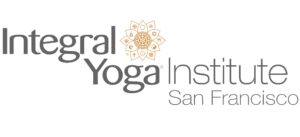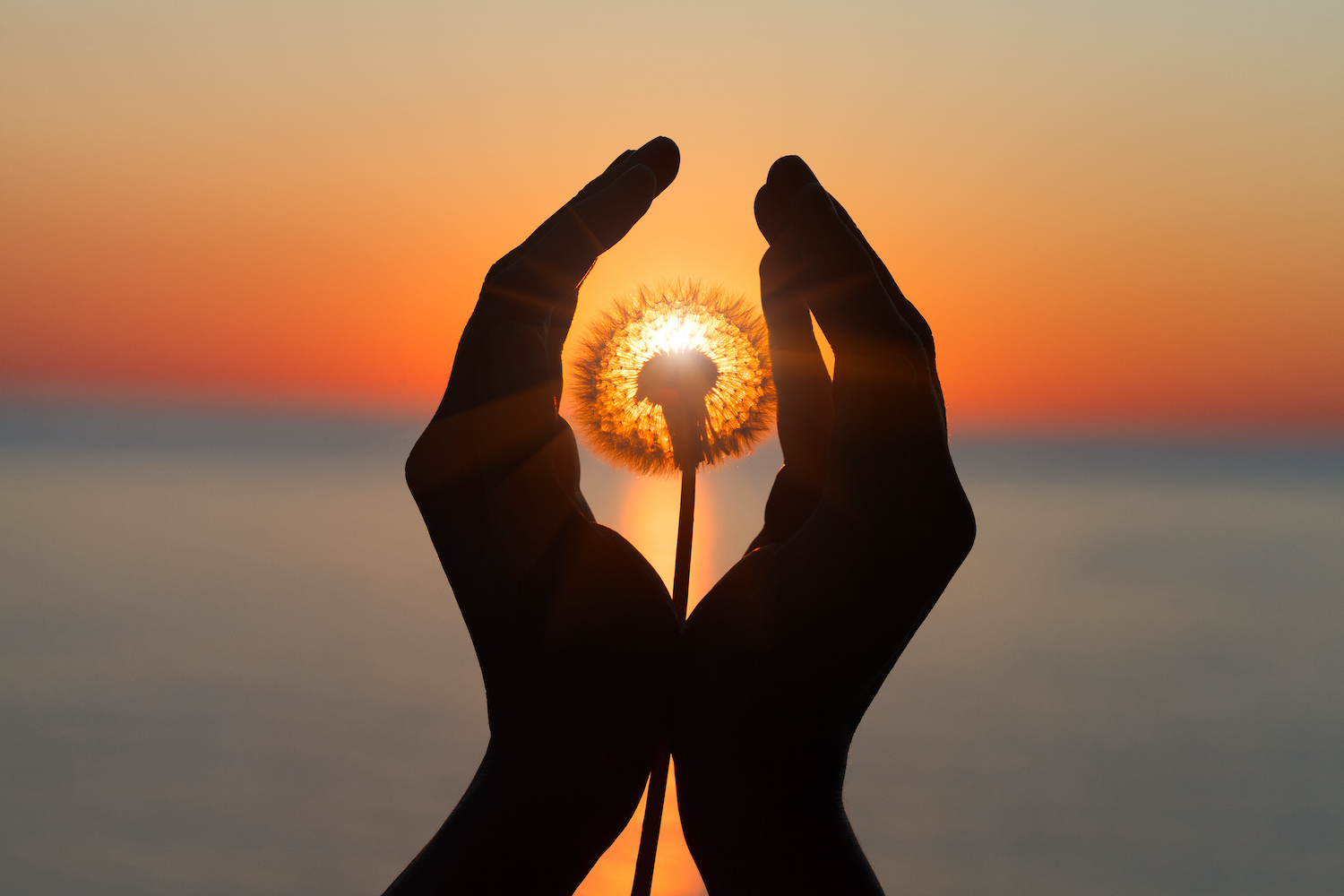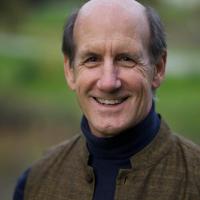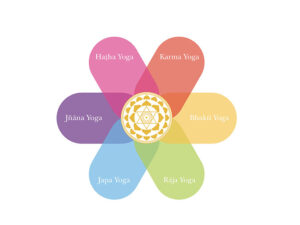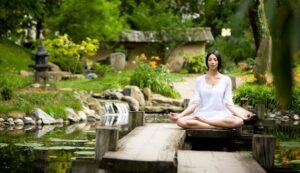The Power of Meditation, The iRest Way
by Richard Miller, PhD
During that first class, I recovered a secret that I now know is open to everyone who is interested in finding true peace of mind and unbreakable and unchanging Equanimity, joy, and well-being that remain undisturbed, free of circumstance or situation. And I know that if I can realize this, so can you. The key to inner peace is not some impenetrable secret. While seemingly obscure, it is actually in plain sight and readily available to you, as the open secret of yoga nidra.
